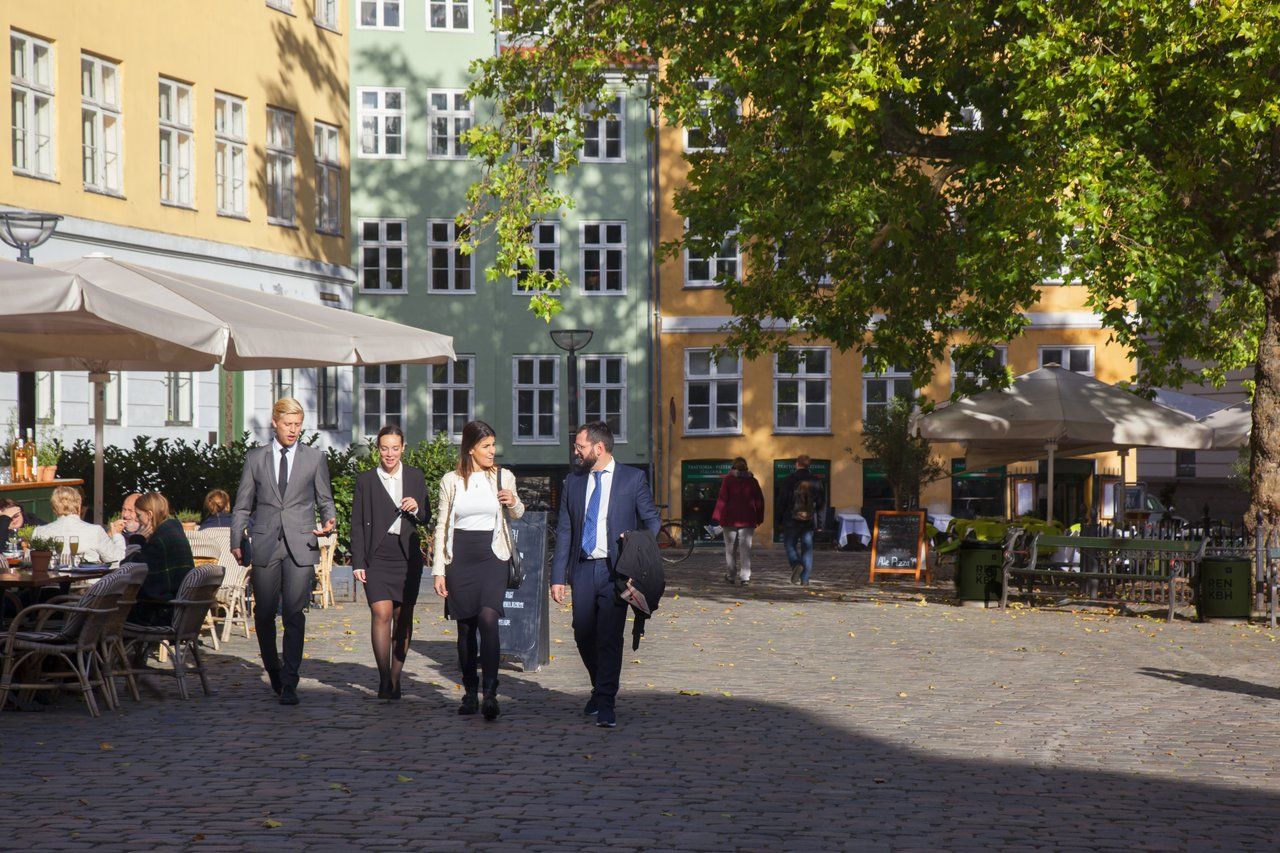A new study by YouGov for Metroxpress has revealed just what Danes are sitting down to when they get back home after a long day at the office.
The study, which surveyed 1,017 people between the ages of 18-74 this month, asked the question ‘Which Netflix original series do you like best?’
And a very clear winner emerged.
Netflix and chill
Frank Underwood would be pleased with how this vote turned out as ‘House of Cards’ was the most popular Netflix show in Denmark by a large margin, garnering 24 percent of the vote.
‘Orange is the New Black’, which won top spot when Metroxpress last carried out a similar study, was the second most popular series.
Underwood 2016
“Series four [of House of Cards] has managed to reinvigorate the series,” Tobias Bukkehave, the author of the book ’50 Shows You Need to Watch’, explained to Metroxpress.
“It revisited some of the elements the series had in the first season [that made it so exciting].”
As to why ‘Orange is the New Black’ has fallen in popularity, Bukkehave attributes it to the plot has grown stale.














